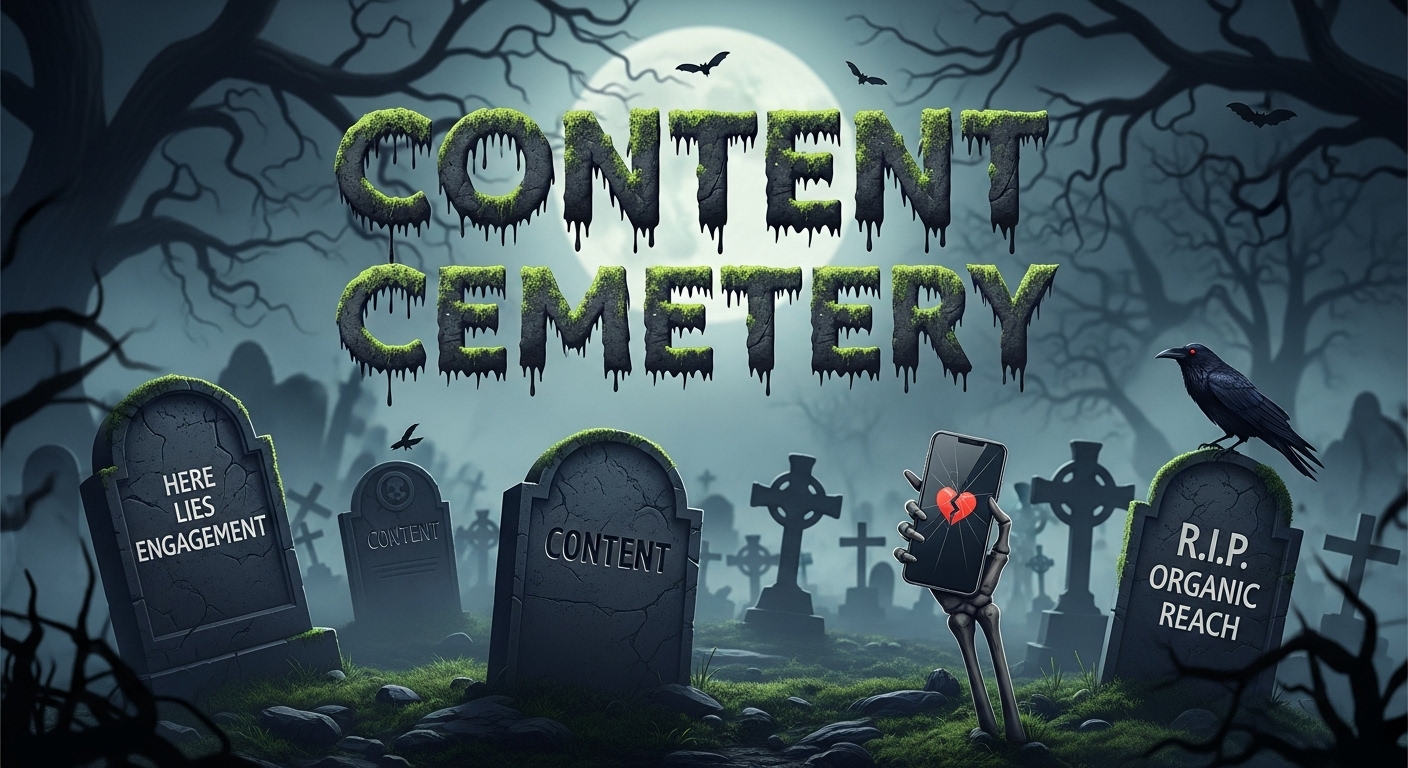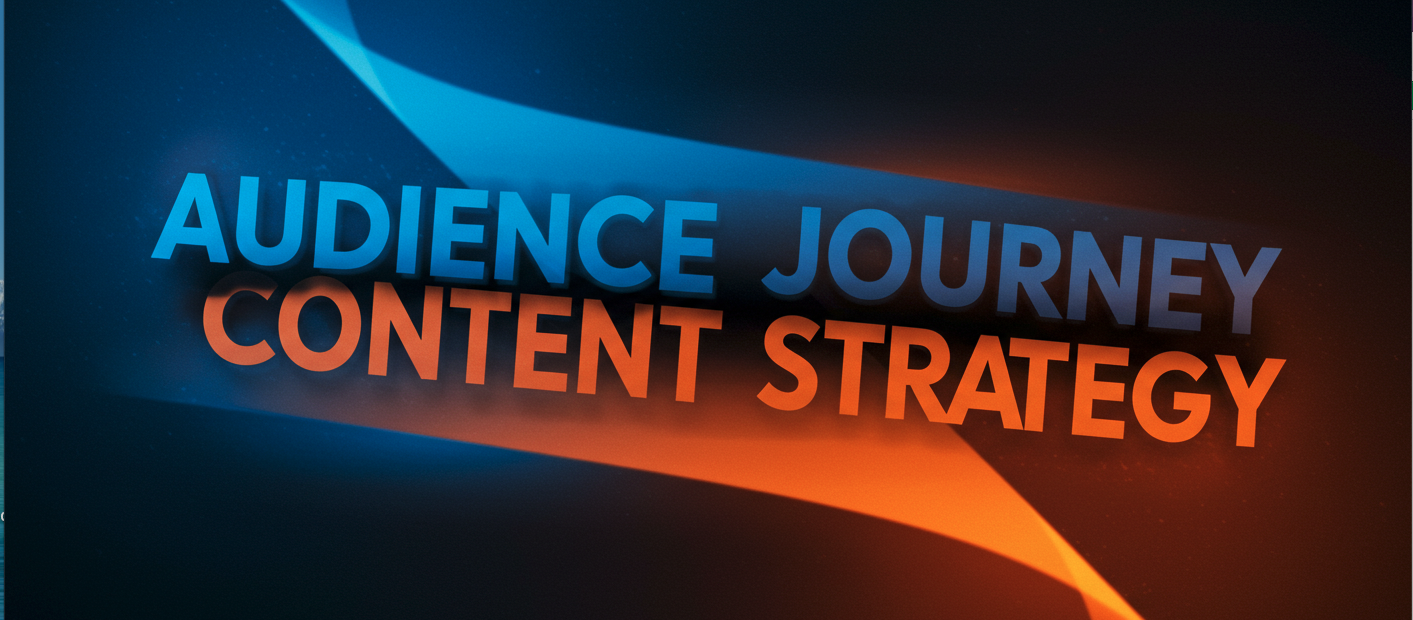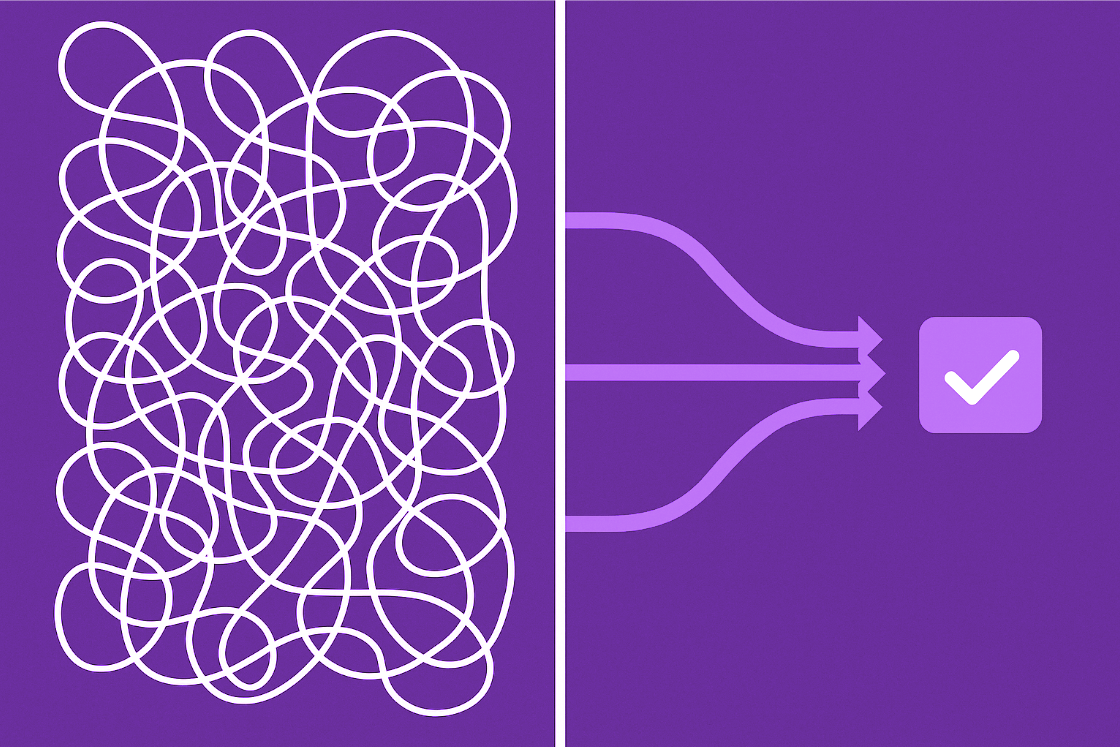
The customer journey was already warped. AI just made it weirder.

Think about the last time you considered a purchase that was at least somewhat substantial – say, a premium credit card, vacation package, or even a mortgage. Odds are, you didn’t buy right away. You Googled. You might have looked at influencers’ reviews on YouTube or TikTok. You read a Reddit thread. You asked ChatGPT for “the best option.” Then you asked Claude, which gave you a different answer.
Days later, you’re still thinking about it, tabs open across your browser, your cart waiting for checkout. By now, you’re getting targeted ads for that product’s competitors. You wonder whether you can trust that YouTube review you saw. You’re torn between ChatGPT’s and Claude’s recommendations. And, crucially for the brand, you’re not buying.
You’re not alone. Our research at Knotch shows that the average time to conversion for many categories has ballooned. You, and millions of consumers like you, find yourselves in a holding pattern in the middle of the funnel. It can be weeks or even months before you make the decision to purchase – that is, if you ever get there.
To put it simply, digital tools like search and social had already upended the classic purchase funnel, but AI added a whole new dimension. Knotch’s exclusive research shows that website visitors referred by AI behave differently from those who aren’t:
- Visitors from LLMs take 2x the number of unique pathways to conversion.
- Their journeys are shorter but more concentrated – three days over an average of 1.9 sessions versus nine days over three sessions if they visited the website from other sources.
- They don’t land on polished homepages. Instead, they’re dropped straight into niche, highly relevant pages via citations.
- And when they do arrive, they take 1.6x more actions – downloads, subscriptions, tools, purchases.
Think of AI as doing to online shopper traffic what Waze did to car traffic. It’s rerouting consumers, taking them down your digital presence’s unexpected backroads.
With Deloitte’s recent Connected Consumer survey revealing that 53% of Americans are using generative AI services (up from 38% last year), and half of those AI users say they use it every day, it’s crucial to understand what’s happened to the customer journey and how to adapt to this new reality.
Understanding the “missing middle”
This is what marketers are calling the “missing middle.” Consumers linger far longer in the consideration phase of the customer journey than in the past. They’ve seen your ads. They know your brand. They even like your product. But they hesitate.
One reason for this is that brand awareness is cheaper than ever. In today’s media landscape and its nearly unlimited potential for ad space, it doesn’t take much for a consumer to know who you are. Digital ads, influencer mentions, and algorithm-driven discovery can build familiarity almost instantly. But trust and conversion? Those are much harder. Consumers are spoiled for choice and perpetually shopping around, even for brands they like and which interest them.
This “constant consideration” problem existed long before OpenAI was a household name. Social media, review sites. Then along comes AI, and the funnel warps further. Instead of clicking from an ad to a landing page, consumers increasingly consult AI-powered tools for recommendations, comparisons, and reviews.
But consider the upside of that: Given that LLM searches have been proven to speed up the customer journey, you can consider AI your shortcut to pulling consumers out of that “missing middle.”
So, here’s what marketers should do next
The middle of the funnel has gone missing. AI is reshaping the routes that consumers take to you. Time to panic? Nope. Here are a few steps you can take to start.
- Design for fragmented journeys. Assume that people won’t always start at your homepage. Every product page, blog post, or feature on an app could be an entry point. It must tell your story, deliver value, and guide action on its own.
- Balance breadth with depth. Awareness will stay cheap. But consumers in “constant consideration” are looking for actionable information: authentic reviews, useful resources, transparent details. Give them reasons to move forward.
- Track AI’s influence. Just as SEO once redefined content strategy, AI referrals are now a metric marketers can’t ignore. Monitor where your brand is cited, how sentiment shapes perception, and which touchpoints actually drive outcomes.
- Think beyond the funnel. Consumer journeys today are no longer linear. They’re scattered, recursive, and weird. While awareness may be easier to achieve than ever, you need to treat consideration, preference, and conversion as fluid states that consumers can move in and out of, rather than fixed stages that they pass through once.
The funnel isn’t dead, but it’s distorted. And AI just twisted things even more. For marketers willing to embrace the chaos, there’s an upside: more engaged, more intentional consumers will be arriving at your doorstep. They just won’t always come in through the front door.
Published October 8, 2025
Become a thought leader
Become a thought leader
Trusted by the largest (and now smartest) brands in the world.
“Before Knotch we did not understand what content was driving business results. Now we understand which content moves the needle. Knotch’s cohesive reporting and insights paint a real picture of what’s happening on our website instead of the patchwork quilt that comes from a Google Analytics approach. With Knotch we have been able to re-prioritize ad spend, route better leads to our SDR team, and inform our content development initiatives.”

"The Knotch platform ensures that we deliver high-performing content tailored to young home shoppers, enhancing their experience and driving better business outcomes.”

"Our partnership with Knotch has been highly successful, empowering us to leverage data-driven insights and refine our content strategy.”








